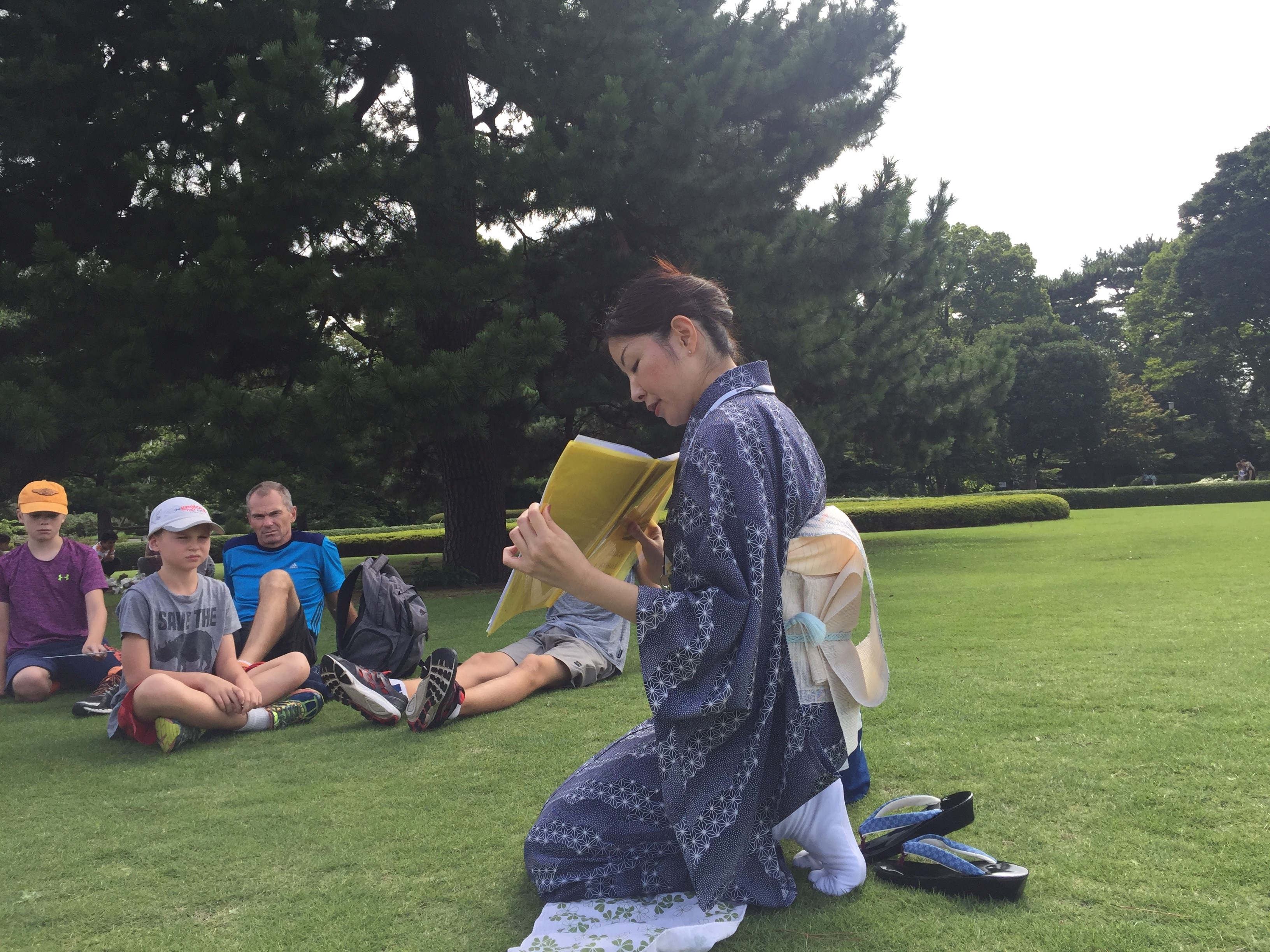 East Gardens of the Imperial Palace
East Gardens of the Imperial Palace Tour Report on 13-January, 2018, the East Garden of the Imperial Palace
We thank many guests joining this tour on that day. We welcomed 20 guests from USA, Philippines, Hong Kong, Canada, Spain, Hungary, Argentina, Mexico, Australia, New Zealand. The sky was blue, but it was very cold day. We could enjoy Japanese apricot (Ume) blossom. Ume blooms earlier than any trees in the winter and has a variety of flowers of white, red or pink, single or double-flowered. It has been considered as symbol of "energy of life" and "good omen". In addition, the fruit will be used f...
